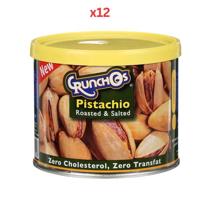About Carrot Cloths
Covering the garden with fabric is the easiest and most effective method of fighting with weed. Weeds are the enemy of gardeners, so you try anything to keep them in the bay. Let’s admit that we all feel face issue while trying to prevent the growth of weeds among our favourite plants. Luckily we have weed barrier fabric which is easy to install and works long term. It’s the best landscape fabric that can save you.
Weed barrier fabric attained popularity in the 1980s. It is made up of geotextile with polypropylene or polyester with meshed texture same as burlap. You can cover it with mulch to inhibit the degradation of the fabric from the sun, and it also helps to maintain moisture underneath the cloth. Its life span is at least five years and weighs about 3 ounces per square inch. It helps in reducing the weed infiltration while providing fertiliser, water and oxygen to the plants. It is not biodegradable and prevents deterioration from sun exposer. It is available in roll and manageable squares, you can buy based on your needs.
Types of weed barrier fabric
We all wish for a neat and clean, beautiful garden, but weed makes it difficult. Maybe you want to buy it for your garden at home or heavy-duty fabric for commercial use. There is a variety of weed barrier fabric available in the market. Not all of them are landscape fabric; you have to be very careful while buying it. The cheap and thin plastic barrier can tear very quickly, and you have to replace it from time to time, which is not easy, so before buying, you must look carefully. Let’s start with discussing the different type of fabric for various purposes, and after that, you can read some of the tips that will help you find the right product.
Anti-root cloth
Anti-root clothes come with UV-stabilized polypropylene strap fabric. It’s the best landscape weed barrier fabric. It enables water to pass through but blocks the light from passing through roots. You can use it as anti-weed fabric, in the tree nurseries, horticulture in the greenhouses, in the paving, slopes and to protect the pond liner as well. It’s simple to install the weed control fabric, and you don’t need many tools. All you need to do is remove 3 to 4 inches soil and then install the weed protector. To make it look attractive, you can use decorative rocks or mulch. You must prefer polypropylene protector because of its environment-friendly features. Don’t buy plastic one because it’s prone to tearing and very harmful to our environment.
Landscape fabric
Landscape fabric can be an investment, so don’t buy before doing research. Landscape cloth is eco-friendly and keeps the weed away. It won’t release any kind of chemicals and works well in the place of pesticide. The weed barrier fabric is a two-layer combination of woven and non-woven fabric. There are holes in the material of the size of needles which allows water and airflow to pass through the soil. They’re usually made up of polypropylene and not biodegrade quickly. It works best with cold and heat and long-last. They’re easy to cut, and the fabric doesn’t get damaged by the sun promptly before buying read about its material, sun protection feature, thickness and how to use section carefully.
Heavy-duty weed control fabric
Weed guard membrane helps stop the weed growth and allow the water and nutrients to pass through. It is puncture-resistant and an ideal option for rough grounds on the driveways and footpaths. It has tear-resistant that helps make the fabric suitable for underground and as a separating and stabilising membrane. It’s a perfect option for those specific areas where you get lots of foot traffic. You can read the description carefully to know that if it also works as weed guard fabric. Most of them prevent the growth of weed, but there is no harm making sure. You can use them at driveways and pathways.
Tips on how to buy buy Weed Barrier Fabric online in UAE
With so many options, buying the right weed barrier cloth is not an easy task. And with the different cost of the same product, you want to make sure that the product you’re buying will not disappoint you. The below guide will help you understand the crucial factors you must look before buying. These tips will make it easier to decide what you need, want and what to prioritise.
- Understand the requirement – One of the first things you look for is the purpose of purchase. Do you need it for a garden or driveways? Or do you want to use it with decorative mulch? Either way, it’s crucial to know the requirements before you start buying and browsing for best-rated weed barrier fabric.
- Research thoroughly – Once you know what you need, check the details for various products and read the description carefully. Try to understand the multiple aspects of different top-selling weed barrier fabric for the garden, apart from that research about the best weed barriers in the town. Understand the characteristics, features and seller of the product; it will help you decide.
- Permeability – Landscape fabrics used under two circumstances – first, under the layer of organic mulch or on the driveways. If you’re buying for sideways path and driveways, make sure it’s less porous and non-woven. You can also purchase heavy-duty fabric for driveway purpose. In contrary, if you want for garden make sure it’s passable, woven and weed barrier fabric for mulch so that you can use decorative mulch or stones with it.
- Durability – Before buying the membrane, make that it’s durable for mainly two reasons. First, you don’t want it to break and let through the weed. Second, you don’t have to change it regularly. If you are going to apply mulch as well, it will create a mess while changing regularly. So make sure it’s of excellent quality. Select from the best brands to ensure quality.

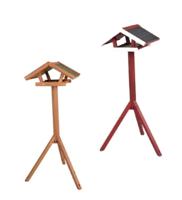

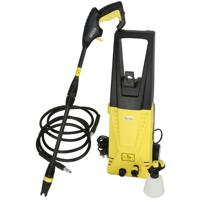
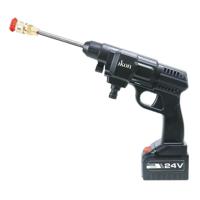
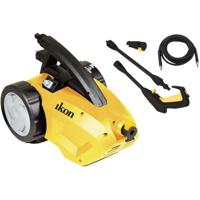

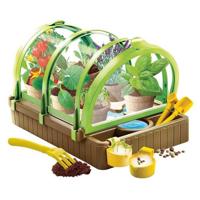
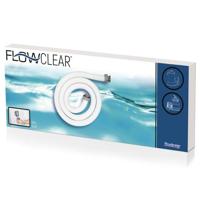
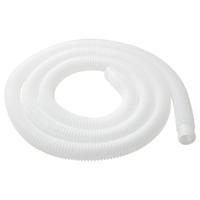
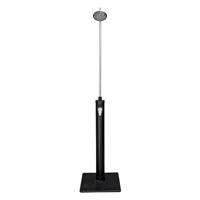

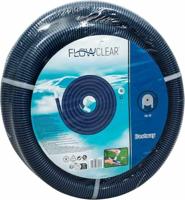
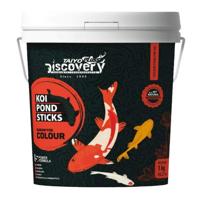
![Admiral Microwave Oven 25L With Grill 900W [ADMW25WSWP] Admiral Microwave Oven 25L With Grill 900W [ADMW25WSWP]](https://assets.shops.ae/products/Shopping/01014edc72c34012acf8b30b553e1025.thumb.jpeg)
![TP-Link Archer BE900 BE24000 Quad-Band Wi-Fi 7 Router, Dual 10Gbps [Archer BE900] TP-Link Archer BE900 BE24000 Quad-Band Wi-Fi 7 Router, Dual 10Gbps [Archer BE900]](https://assets.shops.ae/products/Shopping/9b068e9d5d93a74af04d32f12286455d.thumb.jpeg)
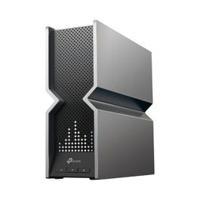

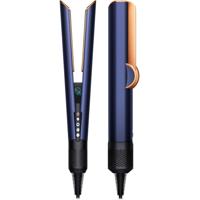
![GREE Portable Air Conditioner 1.5 Ton [Cmatic-S18C1] GREE Portable Air Conditioner 1.5 Ton [Cmatic-S18C1]](https://assets.shops.ae/products/Shopping/62dd29fc1266e441223cd2061a1215d1.thumb.jpeg)

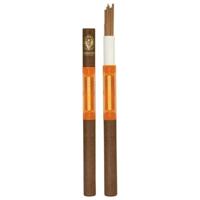
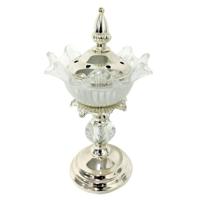


![Lenovo ThinkPad X1 2-in-1 Gen 9 Intel Core Ultra 7 155U 32GB RAM 1TB SSD Integrated Intel Graphics 14" WUXGA Windows 11 Pro Convertible Laptop - Grey With Lenovo Wireless Stereo Headset[21KE000CGR+ANC] Lenovo ThinkPad X1 2-in-1 Gen 9 Intel Core Ultra 7 155U 32GB RAM 1TB SSD Integrated Intel Graphics 14" WUXGA Windows 11 Pro Convertible Laptop - Grey With Lenovo Wireless Stereo Headset[21KE000CGR+ANC]](https://assets.shops.ae/products/Shopping/4a507ed68a273f5217738c1d5d433d46.thumb.jpeg)
![Lenovo ThinkPad X1 AI PC Intel Core Ultra 7-155U 16GB RAM 1TB SSD Shared Intel Graphics 14" WUXGA Windows 11 Pro Convertible Laptop - Grey With Lenovo Wireless Stereo Headset [21KE0056GR+ANC] Lenovo ThinkPad X1 AI PC Intel Core Ultra 7-155U 16GB RAM 1TB SSD Shared Intel Graphics 14" WUXGA Windows 11 Pro Convertible Laptop - Grey With Lenovo Wireless Stereo Headset [21KE0056GR+ANC]](https://assets.shops.ae/products/Shopping/9453bda78ad20cf97e89d225452d1817.thumb.jpeg)
![Lenovo ThinkPad X1 Gen 9 Intel Core Ultra 7-155U 32GB RAM 1TB SSD Shared Intel Graphics 14" WUXGA Windows 11 Pro Convertible Laptop - Grey With Lenovo Wireless Stereo Headset [21KE005DGR+ANC] Lenovo ThinkPad X1 Gen 9 Intel Core Ultra 7-155U 32GB RAM 1TB SSD Shared Intel Graphics 14" WUXGA Windows 11 Pro Convertible Laptop - Grey With Lenovo Wireless Stereo Headset [21KE005DGR+ANC]](https://assets.shops.ae/products/Shopping/a5ddfee5bb8cfe3346ee9fccf221ee78.thumb.jpeg)


